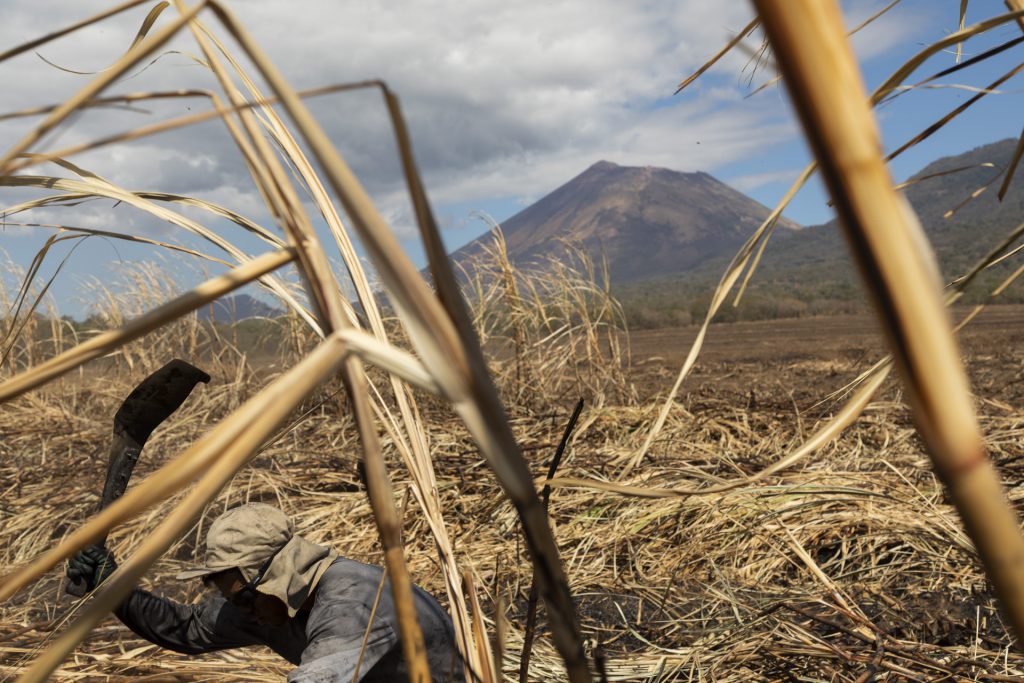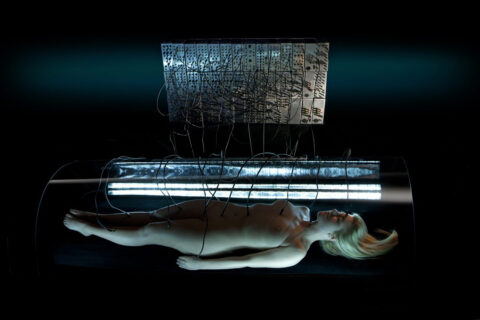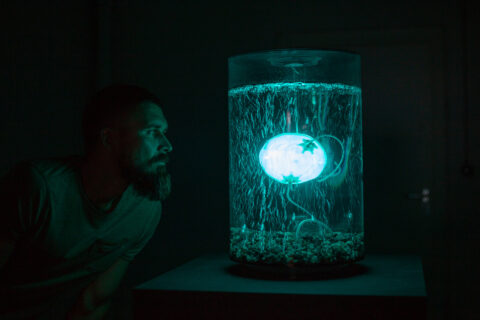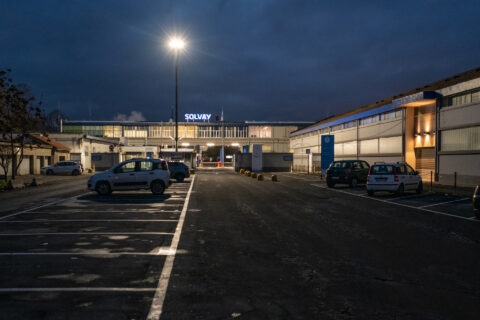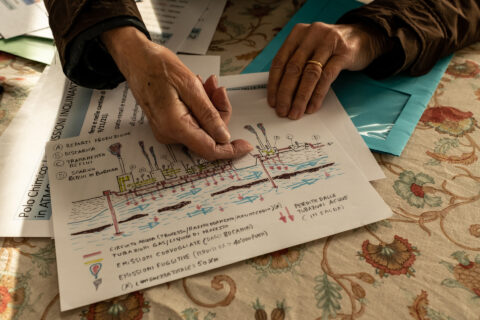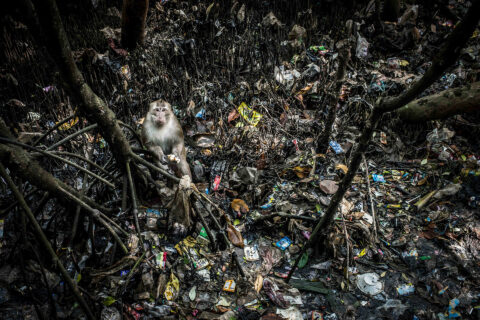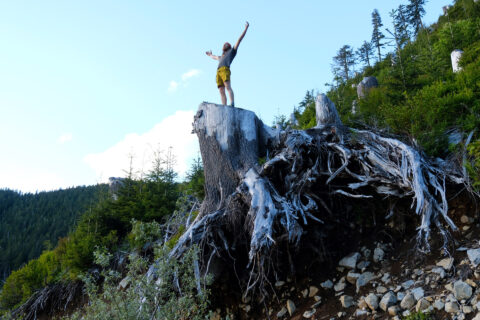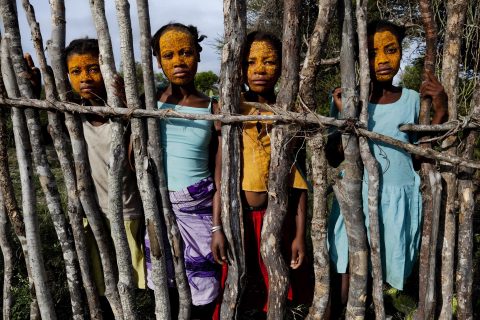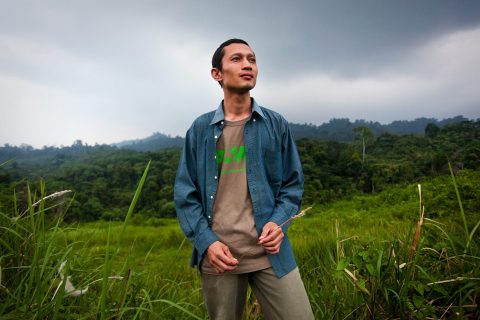Chronic Kidney Disease of nontraditional causes (CKDnT) is a fatal progressive loss of kidney function that has killed more than 20,000 people in a singled decade in Central America alone. Current theories contend that CKDnT is multi-causal. Researchers hypothesize that heat stress and dehydration due to excessive workload cause repeated kidney injury. Environmental exposures, naturally occurring or introduced toxins like fertilizers or pesticides, may be drivers as well. Repeated kidney injuries lead to scarring and culminate in the progressive loss of kidney function. While Ebola has killed around 14,000 since its discovery in 1976, receiving billions in resources, CKDnT has killed many times more, but has received insufficient funding with which to confront a dire public and occupational health crisis affecting many times more people.
La Isla Network is the leading research organization focused on heat stress prevention and mitigation of CKDnT among at-risk workers and their communities worldwide through a collaborative, multidisciplinary approach. LIN is improving working conditions, standardizing research protocols, supporting responsible transitions to modernized industrial practices, and providing data-driven policy recommendations to address the CKDnT crisis.
The Adelante Initiative in Nicaragua is working toward solutions to CKDnt by creating safe, productive work practices in the sugarcane industry and beyond.
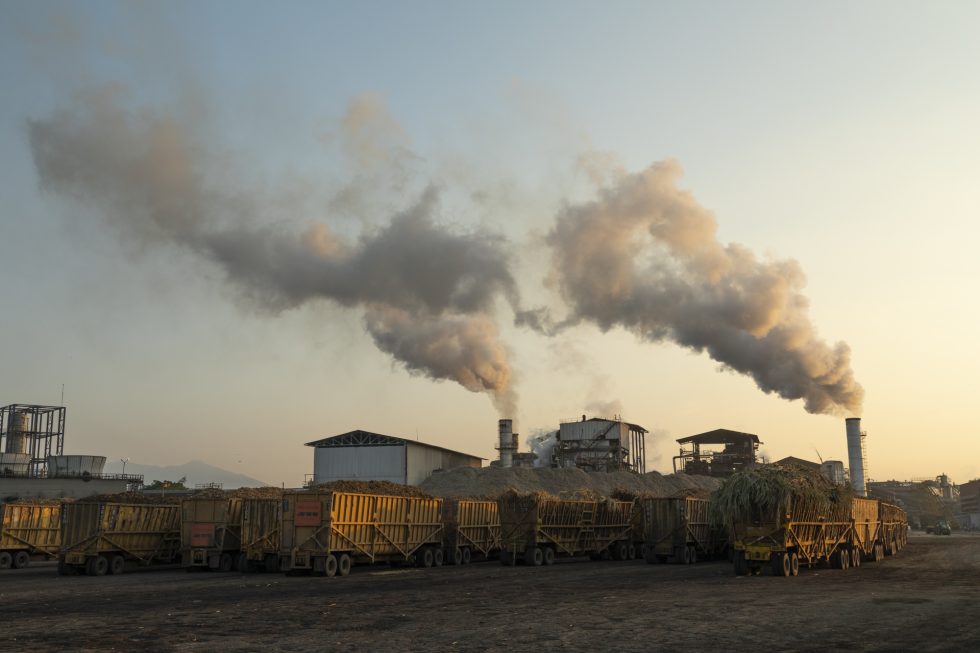
Views of the Ingenio San Antonio, or San Antonio Sugar Mill, in Chichigalpa, Nicaragua on Feb. 26, 2020.
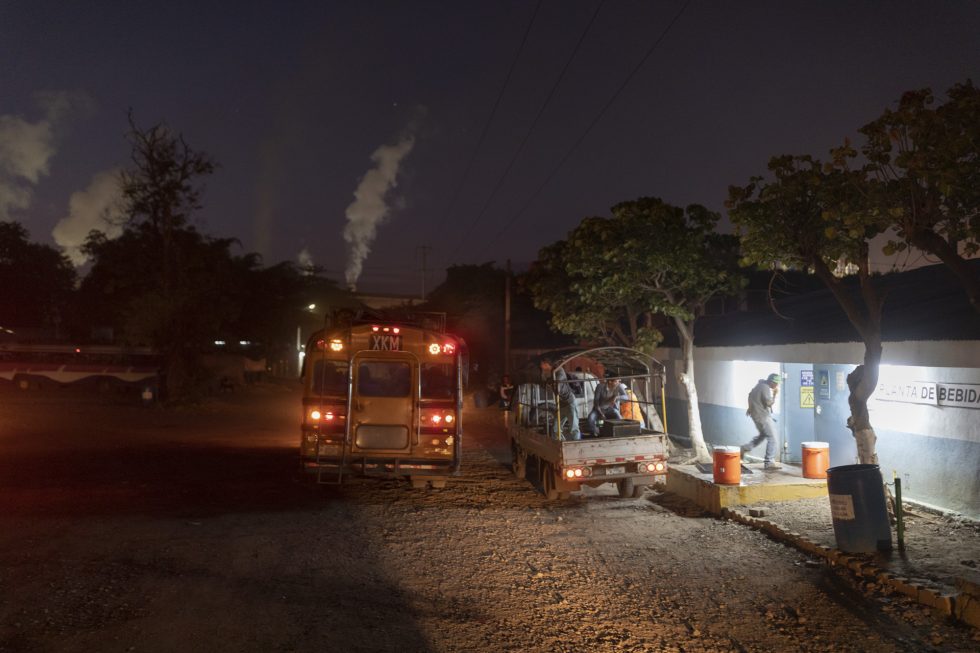
Sugar cane cutters load onto buses in the early morning to go out into the fields to begin a hard day of work at the Ingenio San Antonio, or San Antonio Sugar Mill, in Chichigalpa, Nicaragua on Feb. 24, 2020.
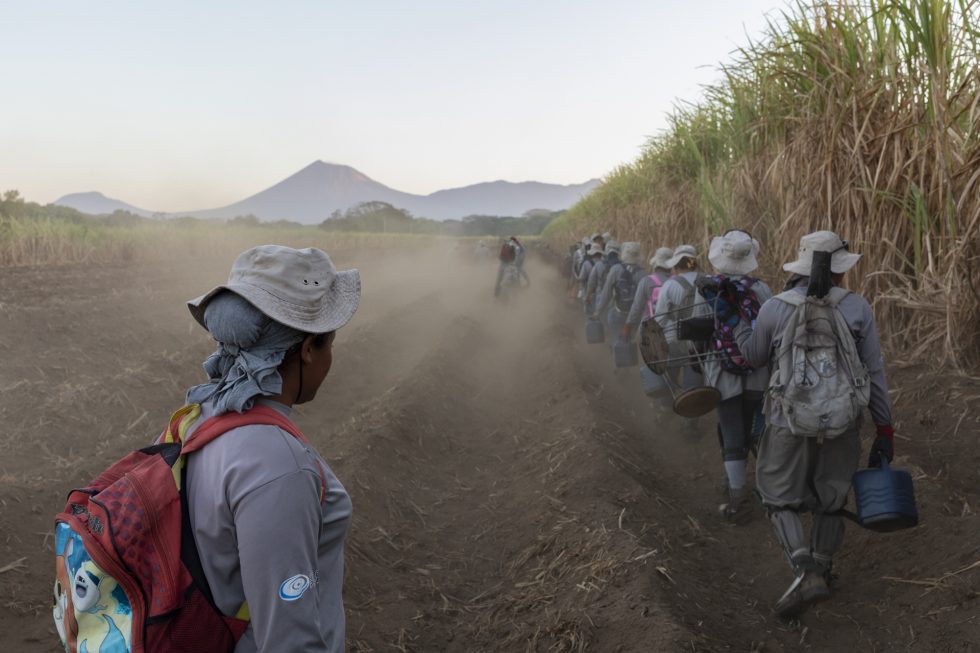
Sugar cane workers line up to begin cutting cane for the day at the Ingenio San Antonio, or San Antonio Sugar Mill, in Chichigalpa, Nicaragua on Feb. 24, 2020.
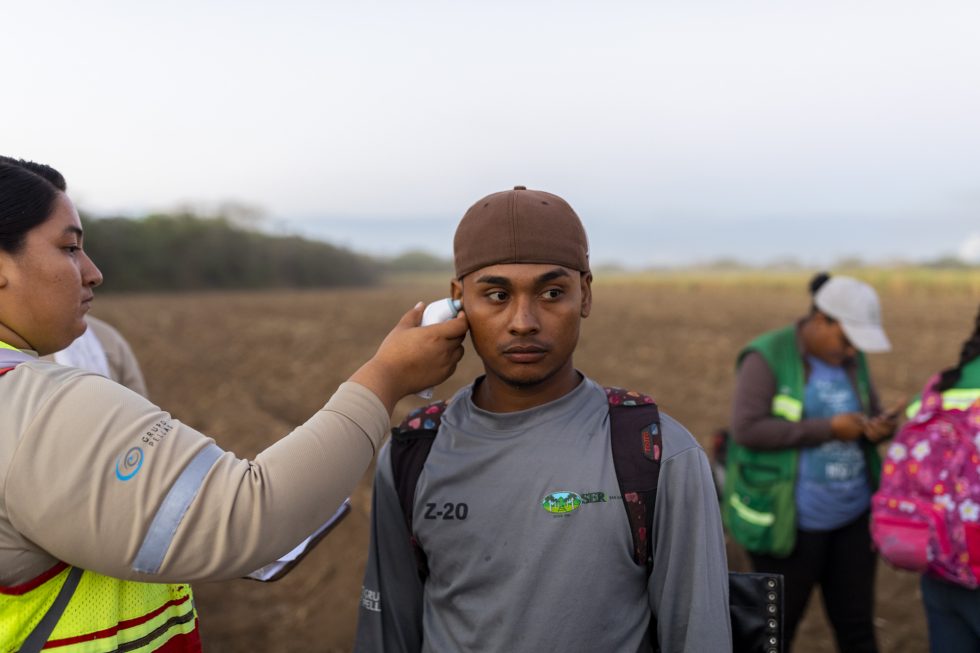
A sugar cane worker gets their temperature taken, as part of the Adelante Initiative, at the Ingenio San Antonio, or San Antonio Sugar Mill, in Chichigalpa, Nicaragua on Feb. 24, 2020.
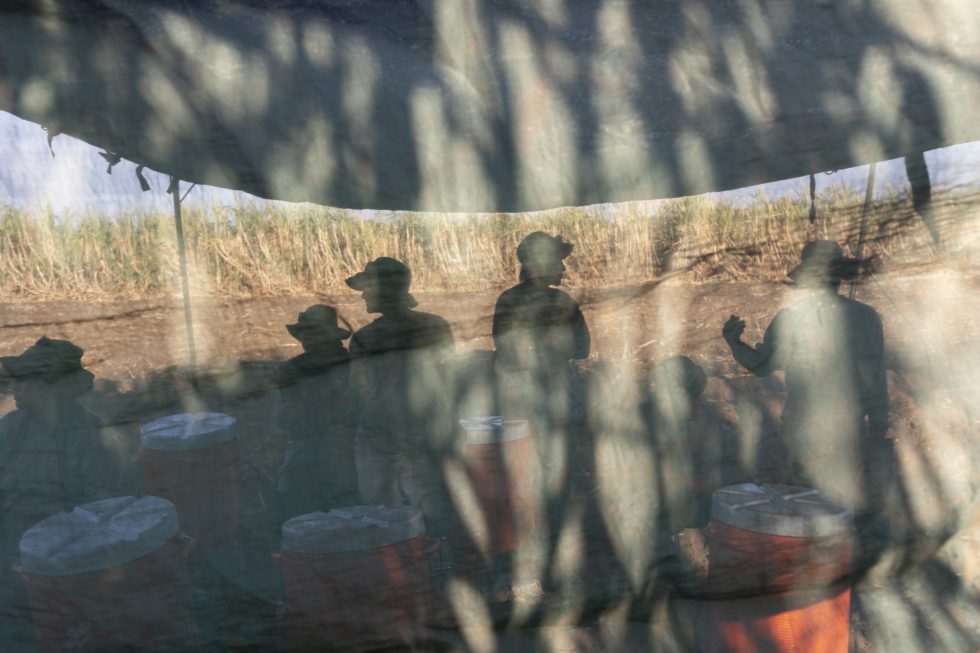
Sugar cane workers take a rest break in the shade as part of the Adelante Initiative, at the Ingenio San Antonio, or San Antonio Sugar Mill, in Chichigalpa, Nicaragua on Feb. 24, 2020.
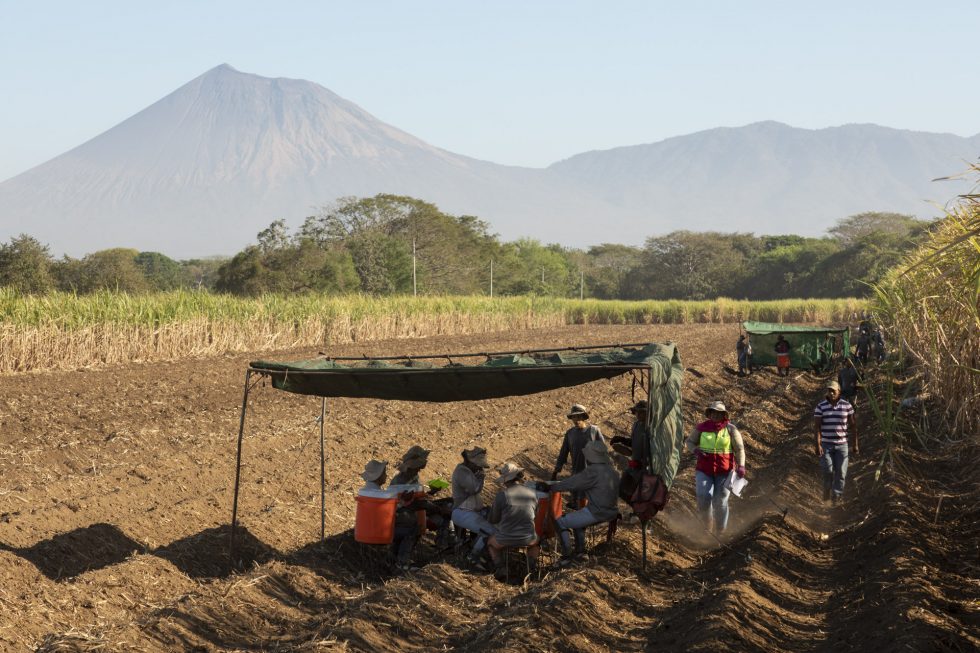
Sugar cane workers take a break to rest in the shade and hydrate, as part of the Adelante Initiative, at the Ingenio San Antonio, or San Antonio Sugar Mill, in Chichigalpa, Nicaragua on Feb. 24, 2020.
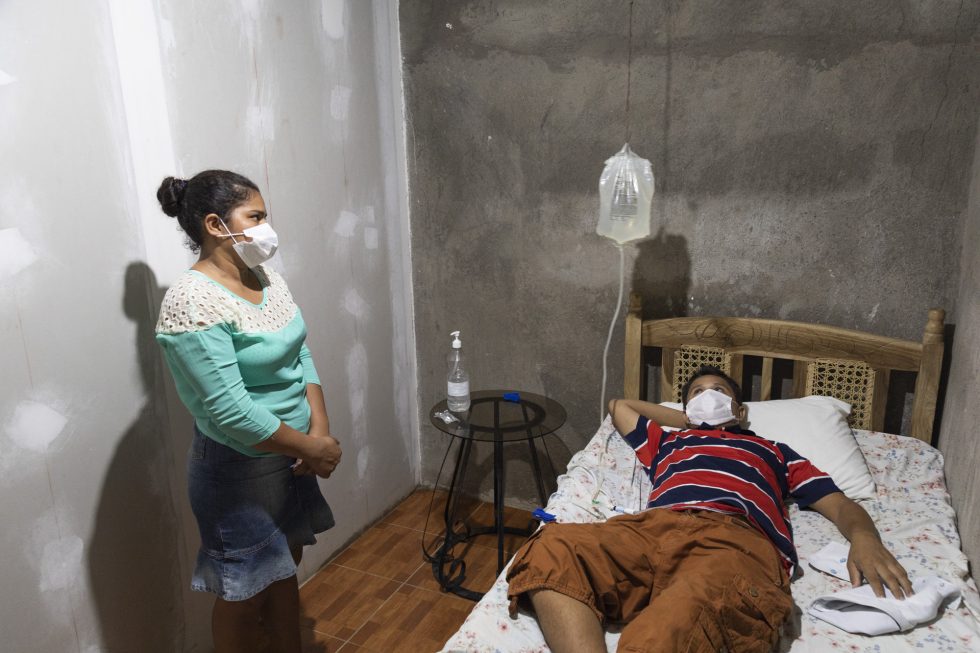
Neraldo Jardiel Cantillano Carrero, 30 anni, e sua moglie, Norma Elena Ortiz Melendez, 26 anni, in una stanza costruita appositamente per la dialisi a domicilio a Chinandega, Nicaragua, il 25 febbraio 2020.
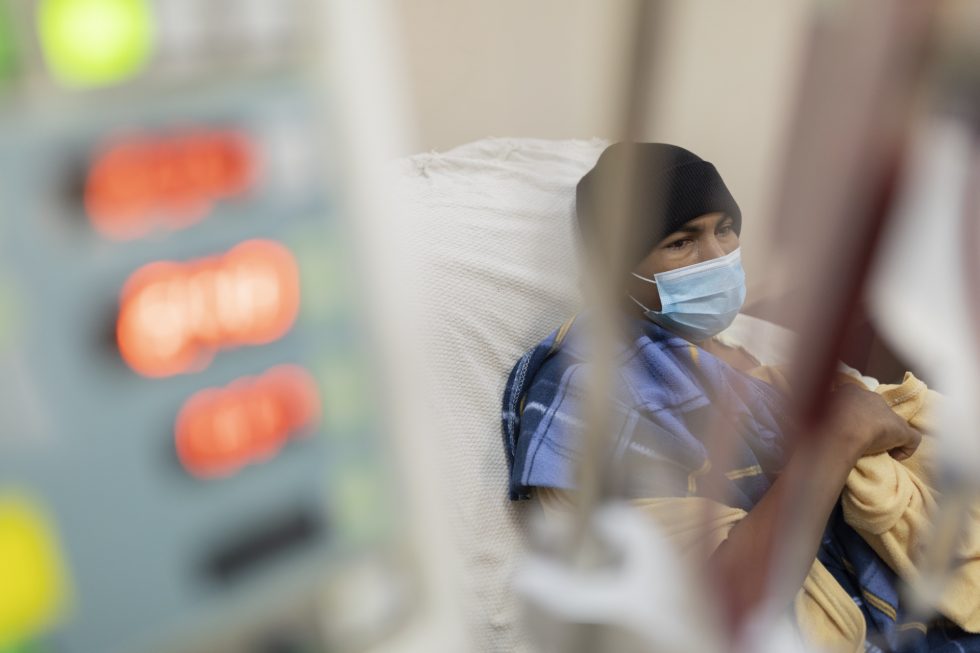
A patient sits in a hospital bed during dialysis at the Hospital General España in Chinandega, Nicaragua on Feb. 25, 2020.
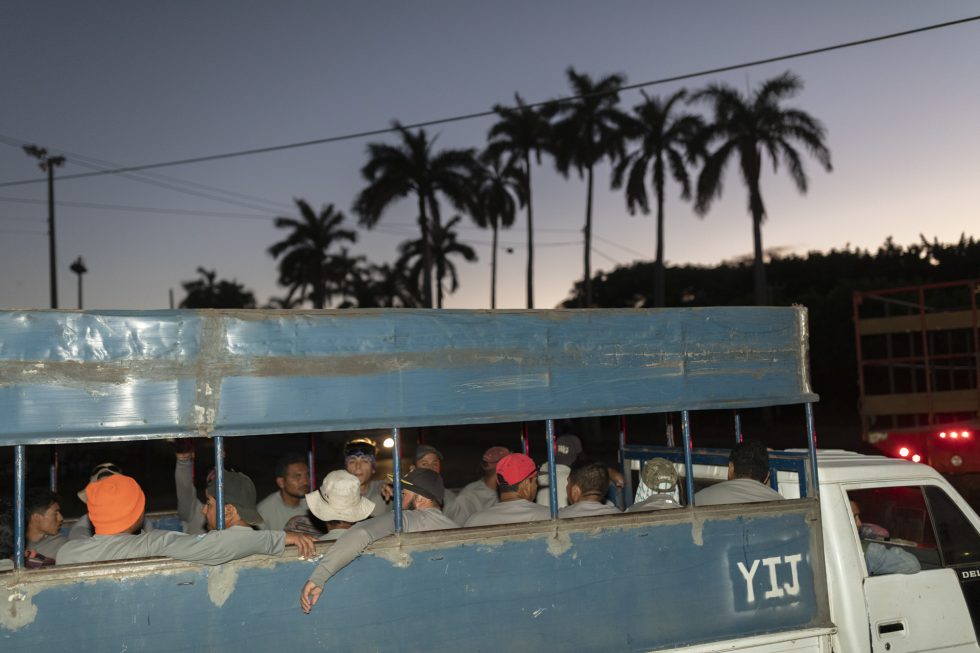
Sugar cane cutters board buses at the start of their work day, as part of the Adelante Initiative, at Ingenio San Antonio, or the San Antonio Sugar Mill, in Chichigalpa, Nicaragua on Feb. 29, 2020.
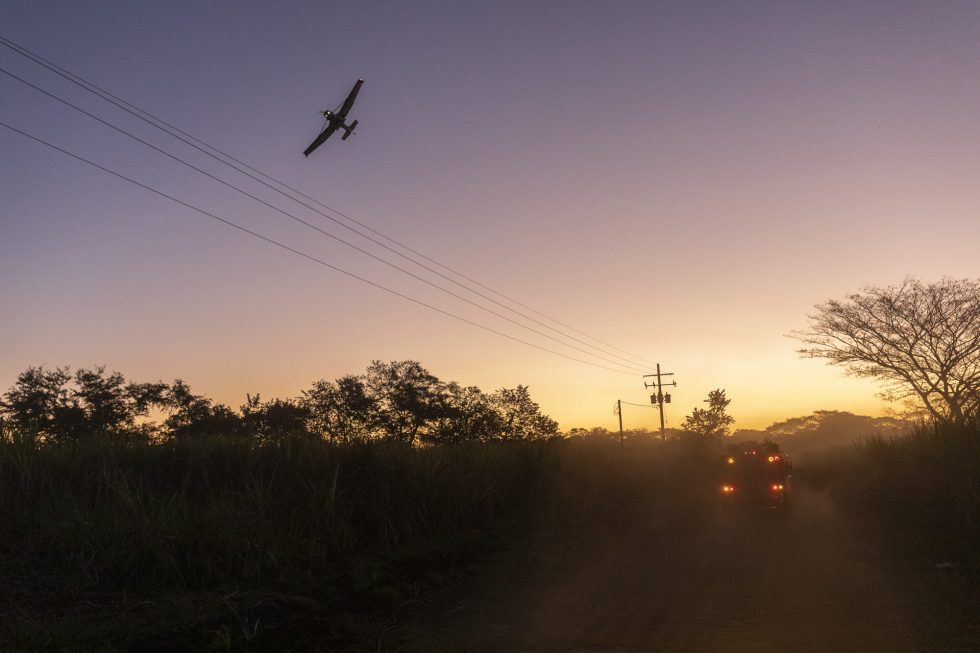
Sugar cane cutters load onto buses in the early morning to go out into the fields to begin a hard day of work at the Ingenio San Antonio, or San Antonio Sugar Mill, in Chichigalpa, Nicaragua on Feb. 24, 2020.
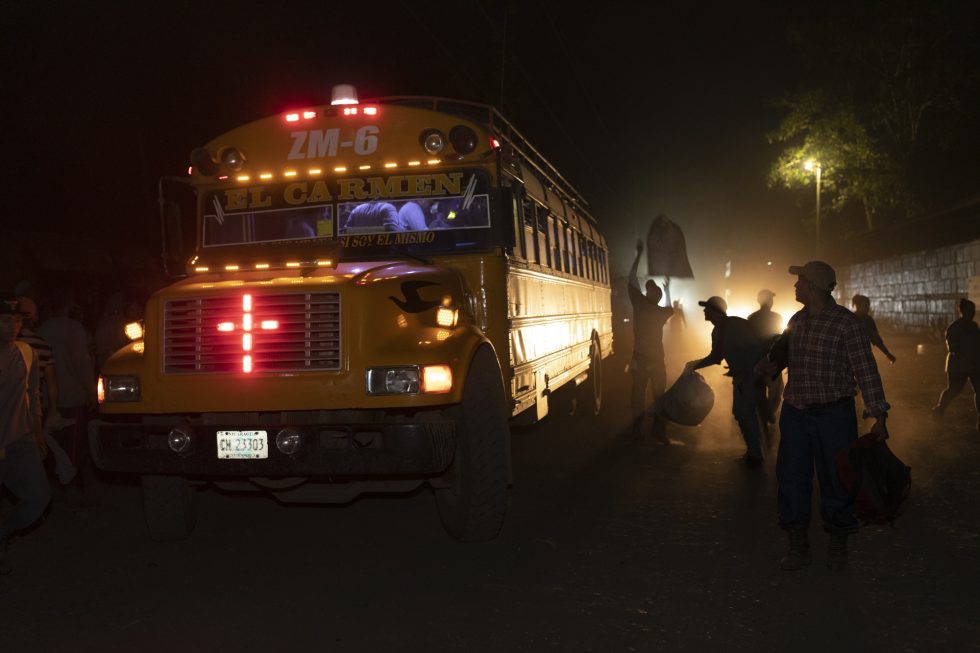
Sugar cane cutters board buses at the start of their work day, as part of the Adelante Initiative, at Ingenio San Antonio, or the San Antonio Sugar Mill, in Chichigalpa, Nicaragua on Feb. 29, 2020.
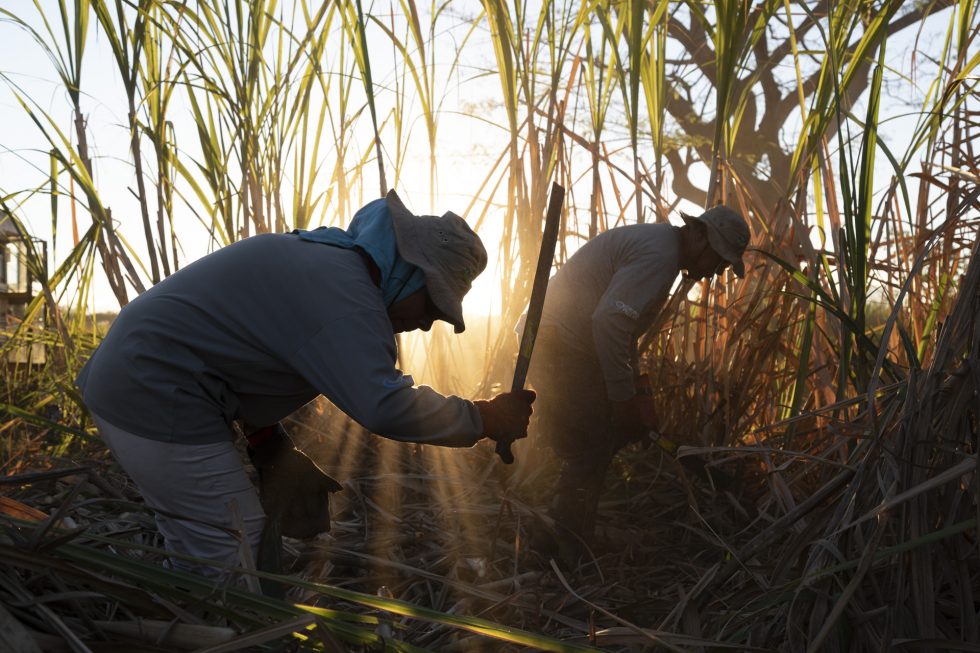
Sugar cane cutters work in the fields at Ingenio San Antonio, or the San Antonio Sugar Mill, in Chichigalpa, Nicaragua on Feb. 29, 2020.
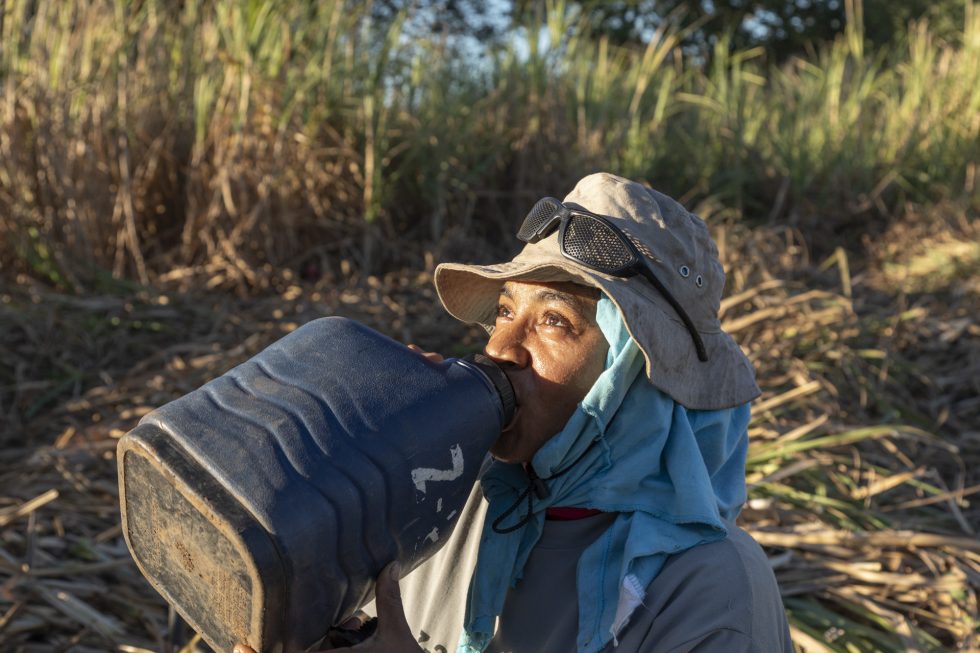
A sugar cane cutter takes a hydration break from work in the fields at Ingenio San Antonio, or the San Antonio Sugar Mill, in Chichigalpa, Nicaragua on Feb. 29, 2020.


